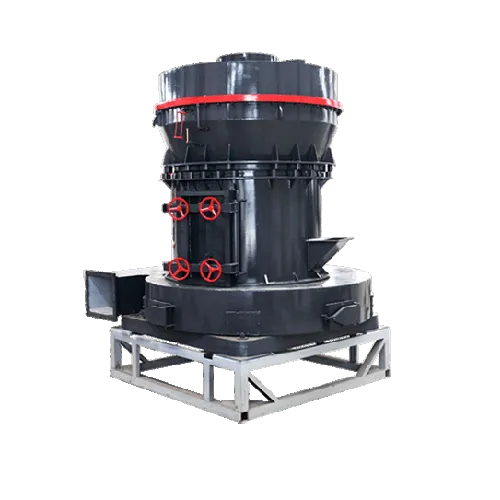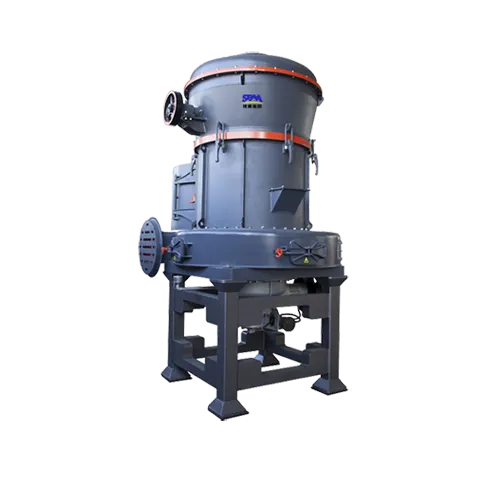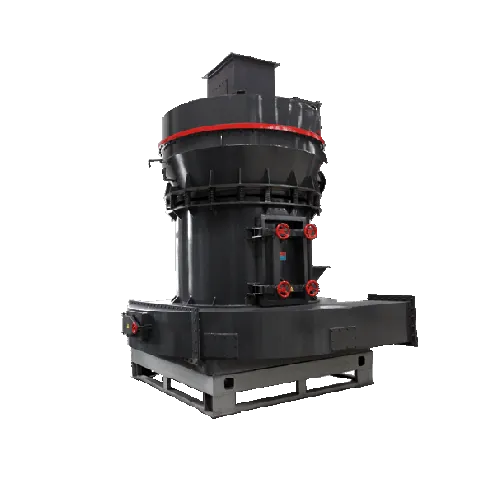Summary:Kaolin is a non-metallic mineral, a kind of clay and clay rock dominated by kaolinite clay minerals. Because it is white and delicate, it is also called white c
Kaolin is a non-metallic mineral, a kind of clay and clay rock dominated by kaolinite clay minerals. Because it is white and delicate, it is also called white cloud soil. It is named after Gaoling Village, Jingde Town, Jiangxi Province.
The pure kaolin is white, fine, soft and soft, with good plasticity and fire resistance. Its mineral composition is mainly composed of kaolinite, halloysite, hydromica, illite, montmorillonite, quartz, feldspar and other minerals. Kaolin has a wide range of uses. It is mainly used in papermaking, ceramics and refractory materials, followed by coatings, rubber fillers, enamel glazes and white cement raw materials. A small amount is used in plastics, paints, pigments, grinding wheels, pencils, daily cosmetics, soap, Pesticide, medicine, textile, petroleum, chemical, building materials, national defense and other industrial sectors.
Composition
Kaolin minerals are composed of kaolinite cluster minerals such as kaolinite, dickite, perlite and halloysite, and the main mineral component is kaolinite.
The crystalline chemical formula of kaolinite is 2SiO2●Al2O3●2H2O, and its theoretical chemical composition is 46.54% SiO2, 39.5% Al2O3, and 13.96% H2O. Kaolin minerals belong to the 1:1 type layered silicate. The crystals are mainly composed of silicon-oxygen tetrahedrons and sodium hydroxide octahedrons. The silicon-oxygen tetrahedrons are connected in a two-dimensional direction to form a hexagonal arrangement with a common vertex angle. In the grid layer, the apex oxygen not shared by each silicon-oxygen tetrahedron faces one side; the apex oxygen of the silicon-oxygen tetrahedron layer and the oxygen-assisting octahedral layer common silicon-oxygen tetrahedron layer forms a 1:1 unit layer.
Processing Methods
As far as the current processing methods of kaolin are concerned, there are two methods: mechanical crushing and jet crushing. The mechanical pulverization is generally pulverized to about 300-1000 mesh, but the pulverization process is mechanical, so the iron content and other impurities in the pulverized fine powder are increased, which is defective for industries that require higher purity; jet pulverization is due to It adopts the collision and shearing between the material and the material without the participation of the crushing medium, thus effectively ensuring the purity of the material, thereby meeting the application efficiency of industries with higher purity requirements. The degree range is adjustable from 1000 mesh to 5000 mesh).
Separation Method
(1) In order to separate non-clay minerals and organic matter such as quartz, feldspar, mica, iron minerals, titanium minerals in kaolin, and produce kaolin products that can meet the needs of various industrial fields, in addition to the use of gravity separation, flotation, and magnetic separation In addition to purifying kaolin and removing impurities, kaolin is sometimes treated with deep processing methods such as chemical bleaching, ultra-fine peeling, calcination, and surface modification. The beneficiation and processing of kaolin is divided into two processes: dry method and wet method. </p><p>(1) The dry method generally crushes the mined ore to about 25mm through a crusher and feeds it into a cage crusher to reduce the particle size to about 6mm. The crushed ore is further pulverized by a blown Raymond mill equipped with a centrifugal separator and cyclone dust collector. This process can remove most of the sand and gravel, and is suitable for processing those ore with high raw ore whiteness, low sand content and suitable particle size distribution. Dry processing has low production costs, and the products are usually used for low-cost fillers in rubber, plastics and papermaking industries.
(2) The wet processing process generally crushes the raw ore, and then goes through mashing, desanding, cyclone classification, stripping, centrifuge classification, magnetic separation (or bleaching), concentration, pressure filtration, and drying. The product can be used for ceramic or paper coatings. If the filler grade or papermaking coating grade kaolin is prepared, the calcination process needs to be added, that is, ore crushing, smashing, cyclone classification, peeling, centrifugal classification, concentration, pressure filtration, internal steam drying.
Read More About Kaolin
What Are The Industrial Uses For Kaolin
Production Technology Of 20 T/H Kaolin Mill
Analysis Of The Four Major Deep Processing Directions And Prospects Of Kaolin



